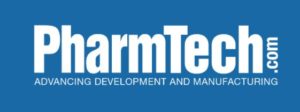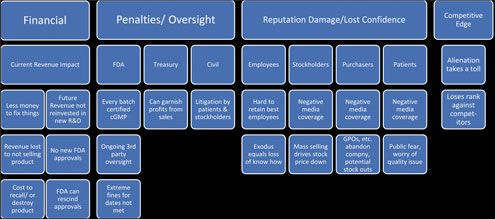A contamination control strategy should provide an overview of how contamination and containment practices work together to ensure product quality and patient safety, says Susan J. Schniepp, distinguished fellow at Regulatory Compliance Associates.
Q. My colleagues and I have been discussing the new requirement for a contamination control strategy (CCS) contained in the European Union’s 2022 Annex 1 revision. Can you provide some guidance on what should be included in the CCS?

A. The concept of contamination/containment control has been around for quite some time. The 2004 FDA Guidance for Industry states, “Any manual or mechanical manipulation of the sterilized drug, components, containers, or closures prior to or during aseptic assembly poses the risk of contamination and thus necessitates careful control” (1).
The revised Annex 1 guideline takes things a step further by stating, “A [CCS] should be implemented across the facility in order to define all critical control points and assess the effectiveness of all the controls (design, procedural, technical, and organizational) and monitoring measures employed to manage risks to medicinal product quality and safety. The combined strategy of the CCS should establish robust assurance of contamination prevention” (2).
The guideline also states, “The CCS should consider all aspects of contamination control with ongoing and periodic review resulting in updates within the pharmaceutical quality system as appropriate. Changes to the systems in place should be assessed for any impact on the CCS before and after implementation” (2).
The Parenteral Drug Association’s (PDA’s) Technical Report states, “The ongoing evolution of contamination control principles that this document addresses is a shift to a holistic approach, where practices are designed to work together to achieve proactive contamination control and are evaluated for their collective effectiveness” (3).
What does this all mean to pharmaceutical manufacturers? Let’s start with what we have already in place. All companies should have contamination control elements addressing various aspects of the manufacturing process including but not limited to process design, microbial control, facilities, utilities, raw materials, environmental, personnel training and qualification, equipment qualification, and a robust quality management system.
Some of the specific contamination control elements included in these categories would be the existence of bioburden and endotoxin attributes, particulate monitoring, process validations, material and personnel flow, product quarantine practices, smoke studies, media fills, gowning qualification, cleanroom practices, microbial monitoring during production, cleaning validation, extractables/leachables, container closure integrity, etc.
The strategy in CCS is how the company ties all these elements together in a holistic approach that is interdependent, multi-disciplinary, and tailored to the operation. This requires the company to be deliberate in risk assessing how changes to any of the elements affects the other elements under the umbrella of the CCS.
Article details

Pharmaceutical Technology
Vol. 47, No. 6
Page: 42
To begin the Regulatory Compliance Associates scoping process today, please enter your information in the blue form below and click the submit button at the bottom of the webpage. You may also email us at [email protected].























 The biotech industry has experienced significant growth in recent years. These complex therapies have evolved, and with this evolution comes new challenges in ensuring the quality of these products and the safety of the patients that use them. Quality regulations, and industry, may have to continually adapt to address these challenges.
The biotech industry has experienced significant growth in recent years. These complex therapies have evolved, and with this evolution comes new challenges in ensuring the quality of these products and the safety of the patients that use them. Quality regulations, and industry, may have to continually adapt to address these challenges.

